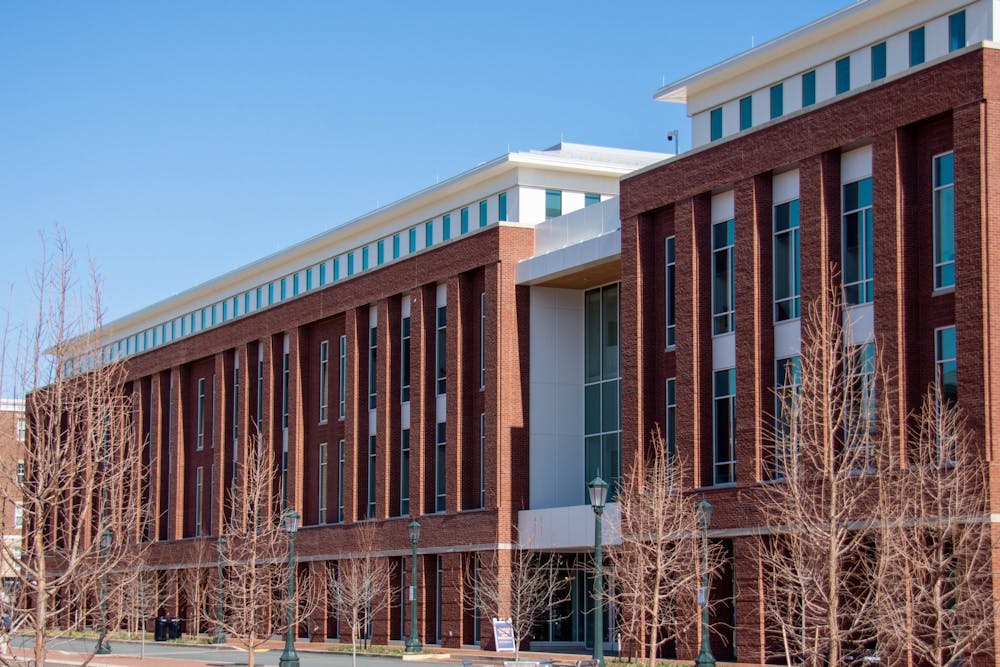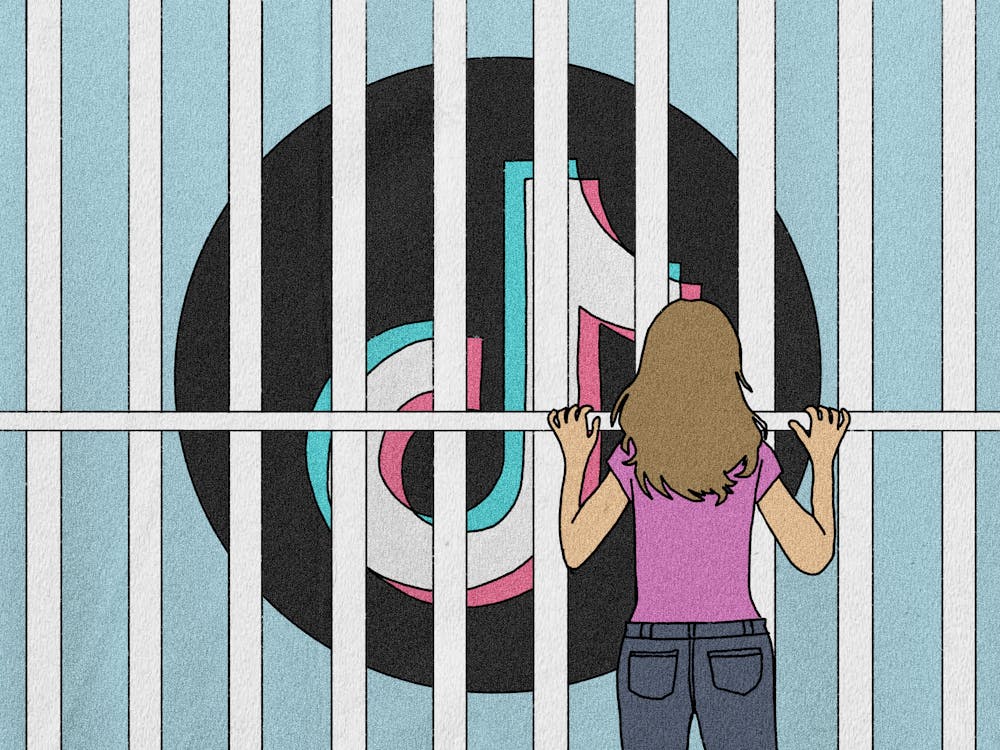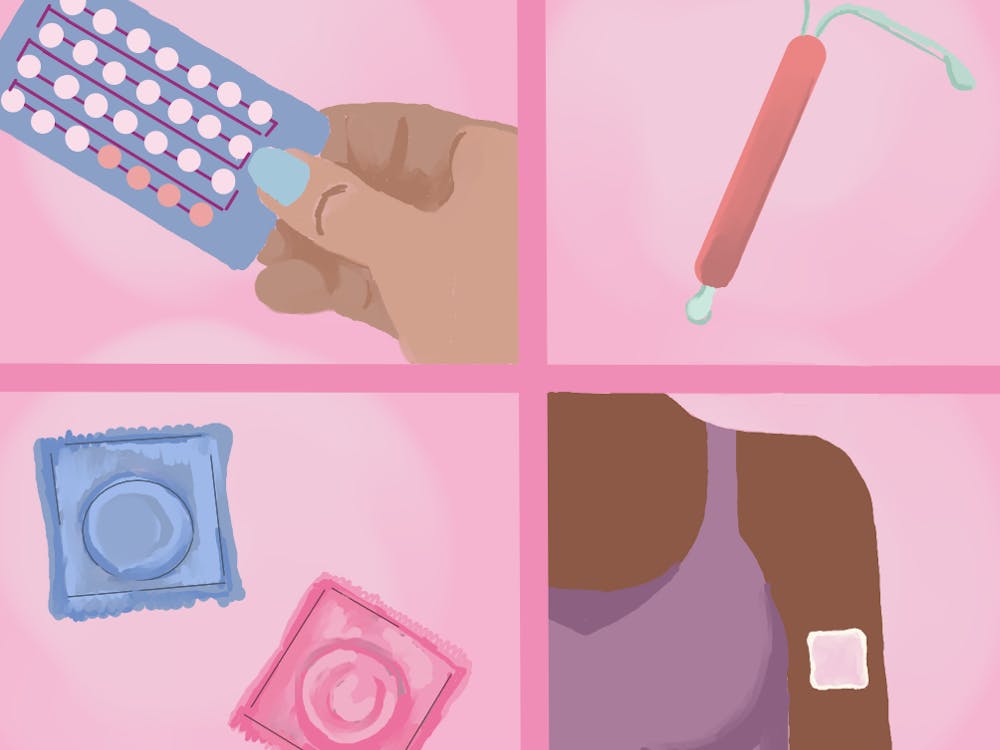Grappling with disabilities and chronic illnesses can pose a huge challenge to navigating college. While items like wheelchairs or walking canes may visually signify disabilities, many University students face challenges invisible to the naked eye as they look for necessary support from their peers and professors that they might need to succeed on Grounds.
The National Education Association defines invisible disabilities as “non-apparent physical, mental or neurological conditions that can limit or challenge a person’s movements, senses or activities and can impact that person’s ability to learn or work.” Spanning a wide range of possible implications, these conditions pack the added punch of anonymity in the sense that they are not immediately physically visible to others, in addition to the chronic symptoms associated with them.
For example, first-year College student Ellery Vishno grapples with ADHD and has noticed a significant difference between the way she and her peers operate that is not explicitly apparent on first glance.
“In terms of sitting in class, I'm always zoning out and having trouble paying attention to the lectures, whereas a lot of my peers are able to sit down for the full 75 minutes and type away without any issues,” Vishno said.
Natalie Dahlquist, Student Disability Alliance vice president and third-year Engineering student, works to advocate for students with disabilities. Since disability manifests itself through a wide variety of needs, SDA pursues a diverse array of initiatives to uplift affected students. From advocating for published floor plans of accessible dorm rooms to aid disabled students’ move-in days to organizing social events for members, the organization aims to make students with disabilities' lives easier at the University.
“We want to bring disability more to the forefront,” Dahlquist said. “Universities [are] pushing more for DEI and all, but disabilities are left out of that conversation. It's not a type of diversity people think of that comes straight to mind, so we want to bring it more into the conversation and have people think of it more than just adding a curb cut.”
Dahlquist herself also faces the added challenge disability can bring to daily life. With Ehlers-Danlos syndrome, she must tackle transportation obstacles in addition to finding meal options that align with her dietary restrictions. Issues regarding labeling, limited staff knowledge and the University’s generalized approach to food allergies make the simple act of eating much more complicated, Dahlquist said.
“I’m in my third year, and it took about halfway through my second year before I was able to get consistently safe food to eat at the dining halls,” Dahlquist said.
Dahlquist’s experience highlights how students seeking accommodations may undergo additional pressure on a student who is already experiencing stress of attending University. From arranging SDAC accommodations upon entry to the University to meeting with professors to explain how their disability may impact their performance, students with invisible illnesses may end up working more just to receive fair treatment.
While some students do receive accommodations, the actual reason for the accommodation may remain unknown — HIPAA laws protect students’ privacy but also prohibit the University from disclosing any details about the student’s personal health challenges.
As such, students may struggle to build a common understanding with faculty, according to Vishno, who wishes her professors would understand the reason for her accommodation and its impact on her coursework because it could help her develop a stronger rapport with her professors.
“For me, specifically with my ADHD … When I'm doing my actual schoolwork, I think that they only know that I have extra time and not necessarily why I need the extra time, and I think that that could benefit myself and them in the long run,” Vishno said.
Isabelle Jordan, outreach chair for SDA and fourth-year Batten student, acknowledged the value of the laws but wishes that professors had a better understanding as to why their students need accommodations.
[Protecting] the privacy of the students should remain in place,” Jordan said. “But I think a lot of [professors] don't realize the lengths that students with disabilities have to go to in order to keep up with their peers… We shouldn't have to be working twice as hard to get half as far.”
Whether the barrier is mental illness or chronic physical illness, the commonality lies in its uncommonality — these students often stray from the so-called standard.
“It's just different, it's not the norm,” Jordan said. “The way the school is set up is for the norm. So I think it's really important for professors to recognize that and understand that people just learn differently and will perceive things differently and will come to things differently.”
According to third-year College student Emma Frank, people who struggle with these invisible conditions may also feel ashamed at how much more effort they must expend compared to that of their peers. She deals with persistent anxiety and panic and has seen first-hand how this element of shame and stigma can play into narratives surrounding covert conditions.
“Everyone struggles, and just because some people are better at hiding it than others doesn't mean that it's not there,” Frank said. “Realizing that and being comfortable with sharing is the first step to breaking the barrier surrounding mental illness.”
However, Frank also notes how the journey of navigating her anxiety has helped her become more compassionate towards others, understanding that not everything people go through is always on display.
“I know how hard it can be to struggle with mental illnesses,” Frank said. “So I can resonate more with people, and I just try to see people for more than what I can see, I don't take that as a whole story. I try to imagine that there's more going on in their lives than what I can see.”
From daily nuisances to prolonged struggles for necessary resources, students with these invisible conditions navigate a world molded for “normal,” even when it may feel as though they are anything but. Right now, these students seek visibility and understanding from their peers at the University.
“There are more disabled students than people realize,” Dahlquist said. “We are a group worth including in all those conversations.”






